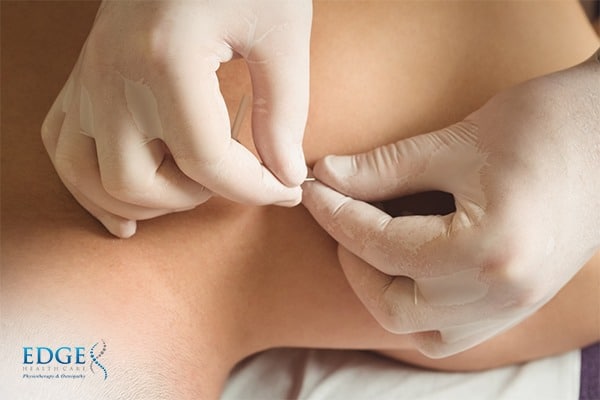
Dry needling is a safe and effective technique designed to help relieve muscular pain and myofascial dysfunction by inserting fine and short stainless steel needles into trigger points of the body. It is performed by skilled and trained physical therapists who are certified in the treatment.
Most patients report feeling reduced muscle tension and pain and improved flexibility after dry needling and the benefits do not just stop there. It can also accelerate your body’s natural healing process and relieve headaches and migraines.
Learn more: Debunking Some Common Misconceptions About Dry Needling
If you are planning to visit a physiotherapy clinic in Singapore for dry needling soon, these are some of the dos and don’ts to take note of after the session for optimum results. Keep reading to find out more!
Dos
-
Understand the side effects
It is crucial for you to understand the possible side effects of dry needling so that you do not get alarmed and are prepared. One common side effect is feeling short-term discomfort which will usually resolve itself within 24 to 48 hours. You may also feel more tired than usual after the session. Although rare, some patients may experience bruising if they are taking blood thinners.
Do not hesitate to reach out to your physical therapist for advice if these side effects do not resolve and are causing you discomfort.
-
Simple stretches
Since dry needling targets the trigger points that develop within stressed muscles, it is normal for you to feel sore after the session.
Hence, moving your body and heating the muscles through simple stretches help to speed up recovery and reduce soreness so you can return to your A-game as soon as possible.
-
Get sufficient rest
Other than doing simple stretching exercises, it is also equally important for you to get sufficient rest after dry needling. Resting keeps soreness to a minimum for less discomfort and gives your muscles ample time to recover, allowing you to reap the full benefits of dry needling faster.
-
Keep yourself hydrated
Drinking plenty of water is another way to reduce muscle soreness after dry needling, just like how keeping yourself hydrated after an intense workout session is essential.
-
Gentle massages to help with soreness
Gentle, self-massage to the affected area could be beneficial for soreness as well since it keeps the muscles moving.
Soreness should not last more than 12 hours so get in touch with your physical therapist if discomfort persists.
Don’ts
-
Overexert yourself
Although doing simple stretching exercises is recommended after dry needling, it is also key not to overexert your muscles. Thus, avoid strenuous activities that can be taxing on the muscles, slowing down recovery and causing more soreness.
A rule of thumb is to wait for at least 24 hours before resuming your heavy workouts, otherwise, something light is fine.
-
Sit still too much
While strenuous exercises are not advisable, sitting still too much is also not a good idea as it can cause your muscles to stiffen up, increasing soreness in return.
Getting ample rest is necessary but you can also continue going about your daily activities to prevent stiffness.
-
Apply a cold or hot compress for soreness
Cold eases pain by numbing the affected area but for more effective relief, use a hot compress instead. Heat brings more blood to the area and can help reduce spasms in tight muscles for less discomfort after a dry needling session.
Get dry needling done in Singapore at Edge Healthcare
Edge Healthcare is a physiotherapy clinic in Singapore with a team of experienced physical therapists offering dry needling treatments as well.
Book a consultation today to find out if dry needling is right for you.



